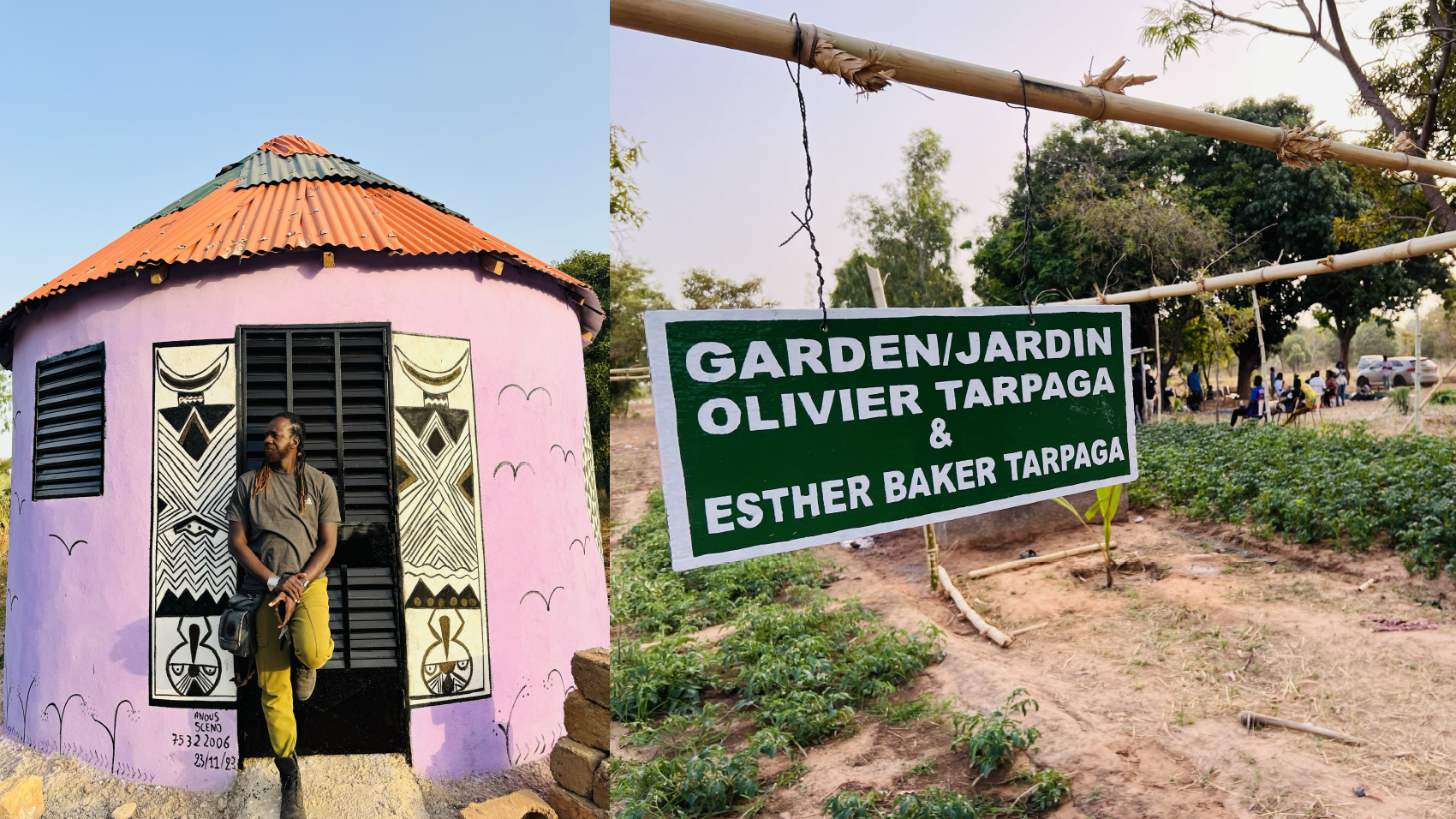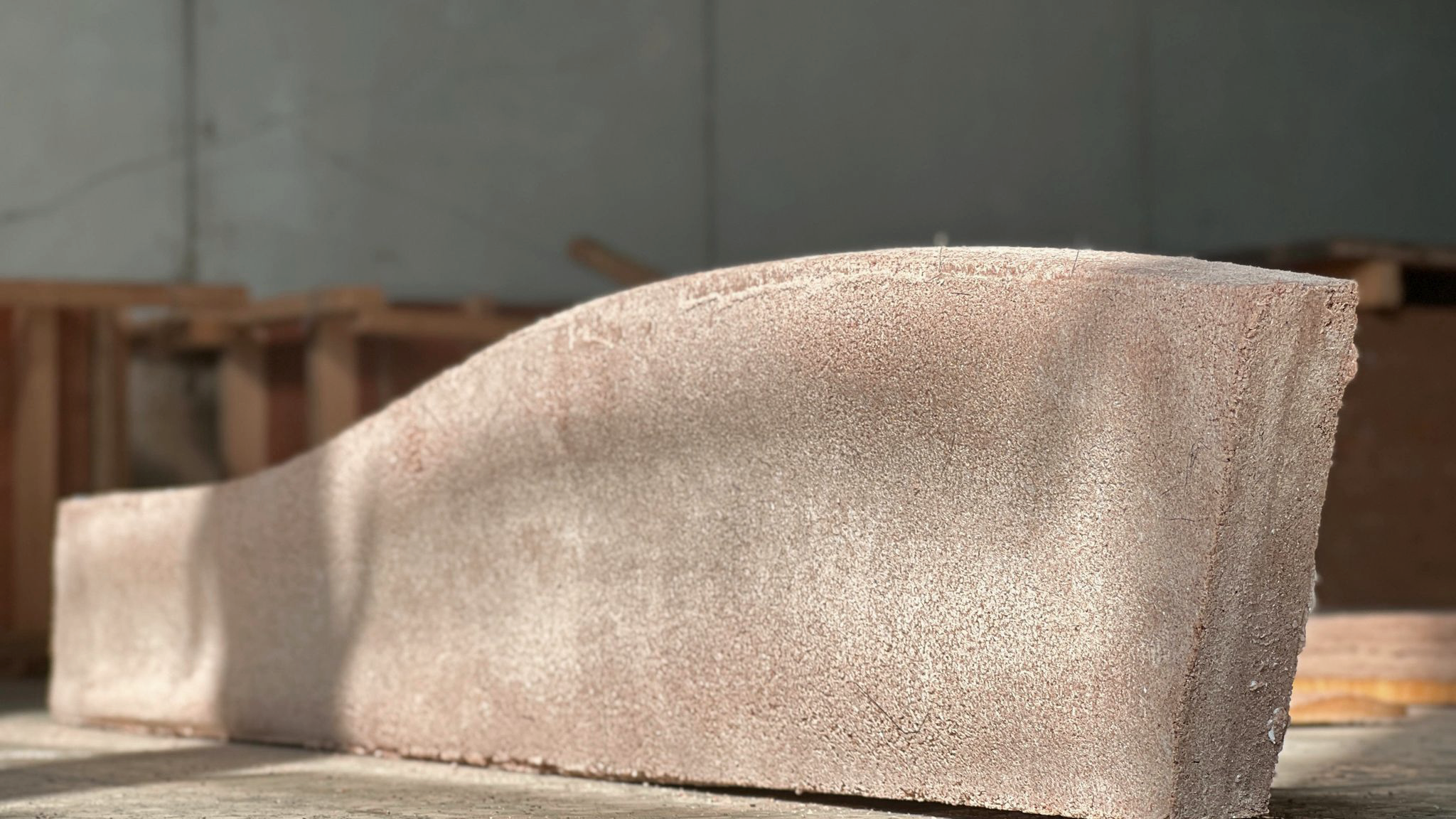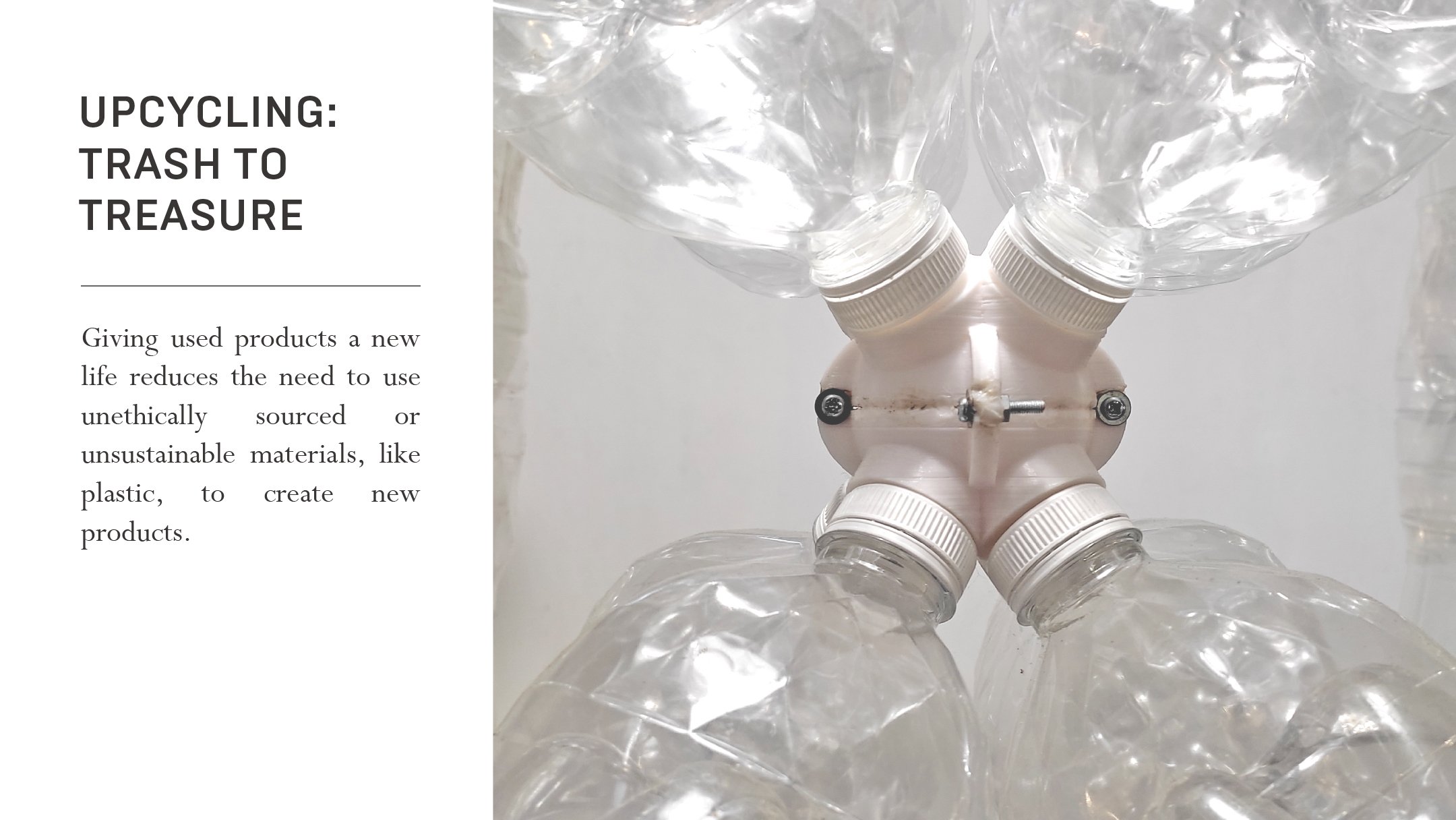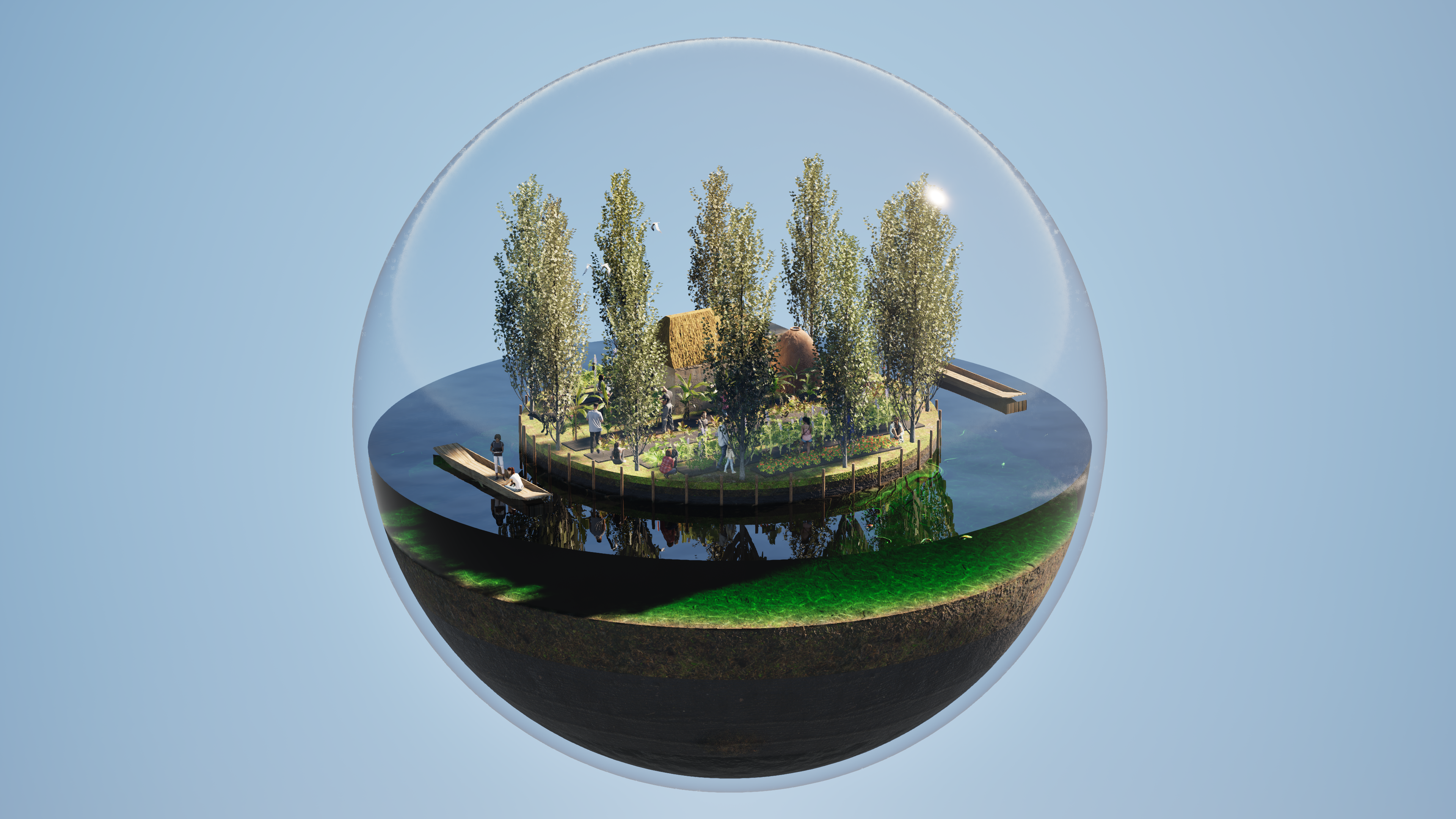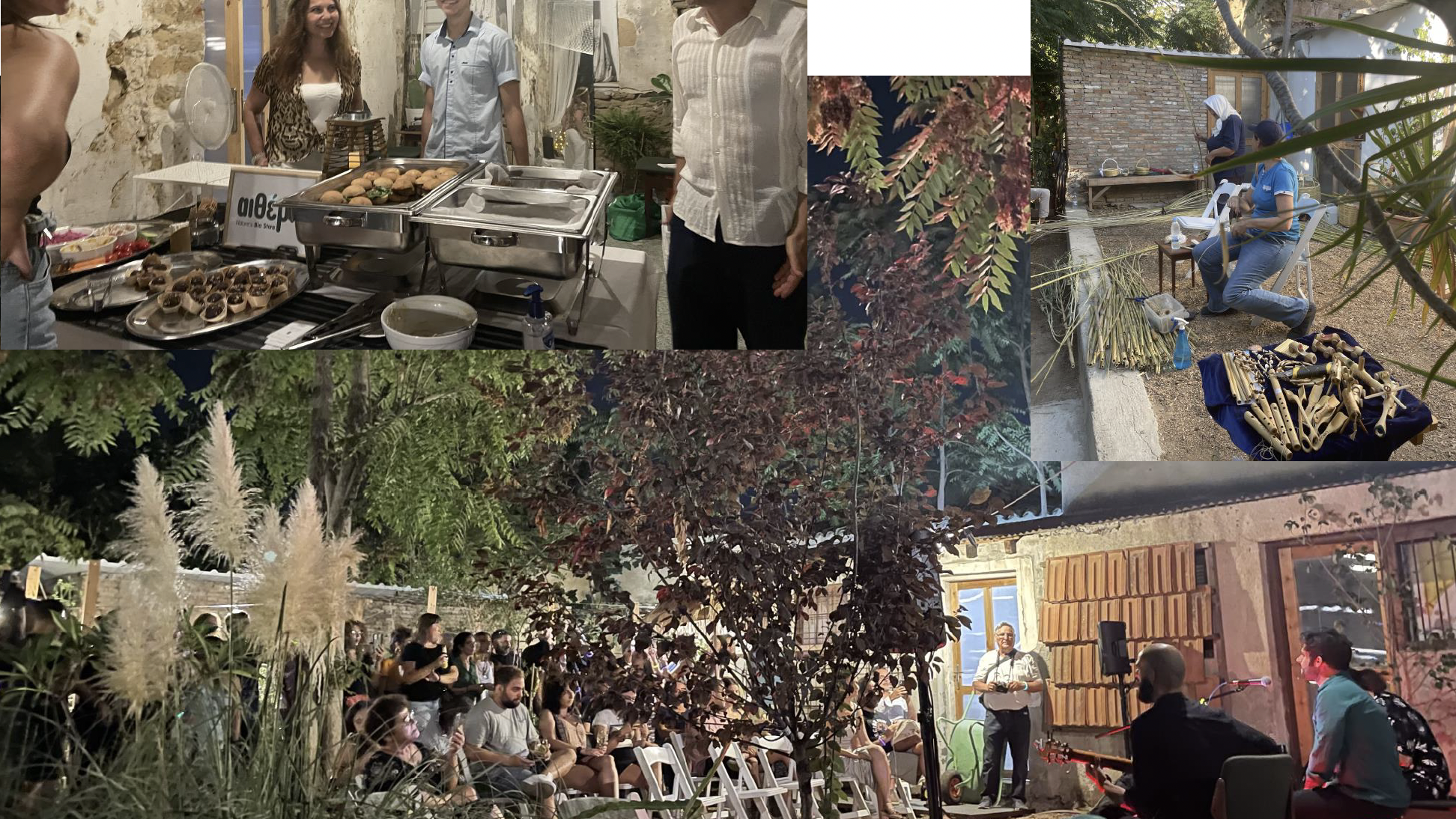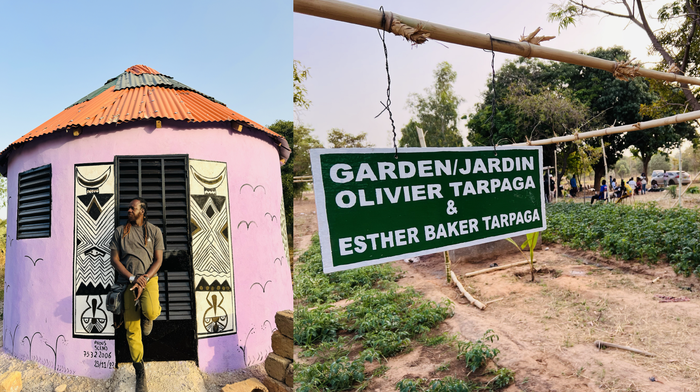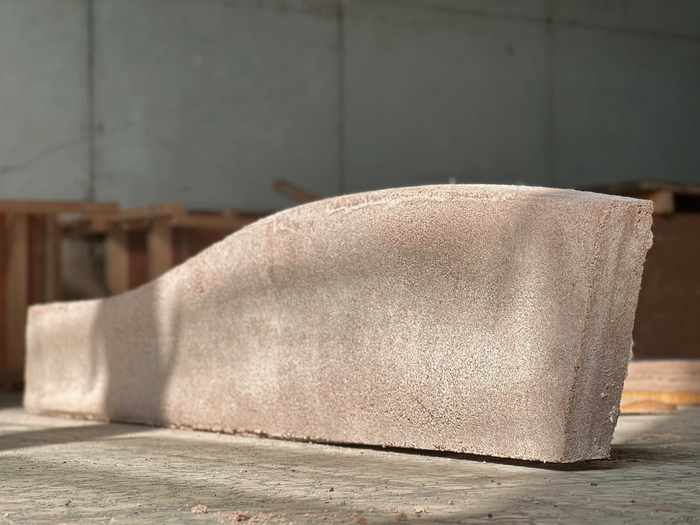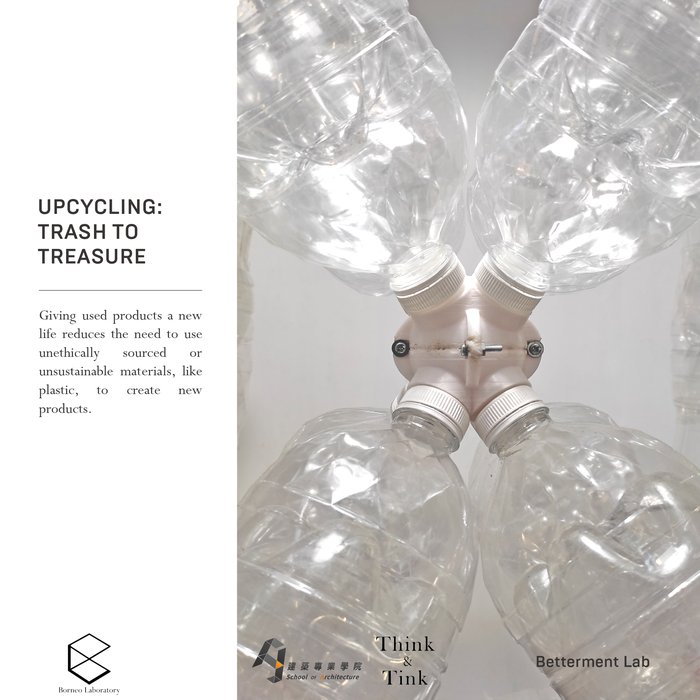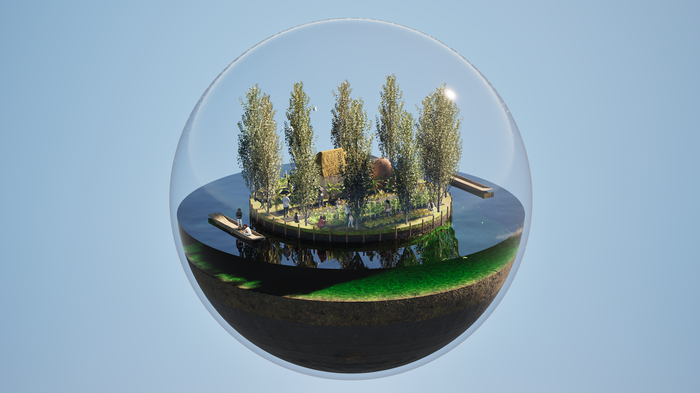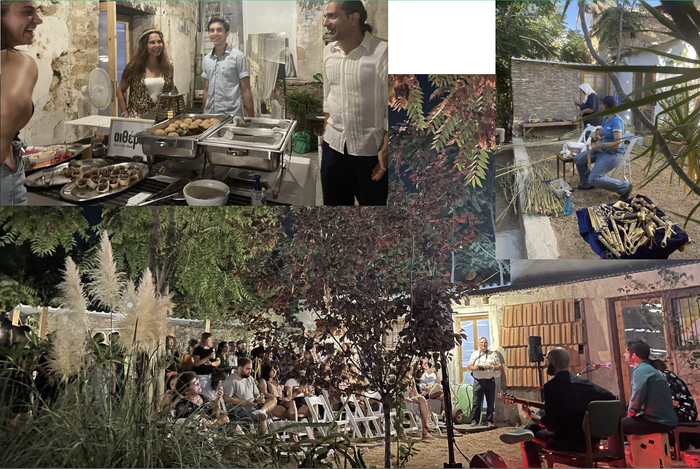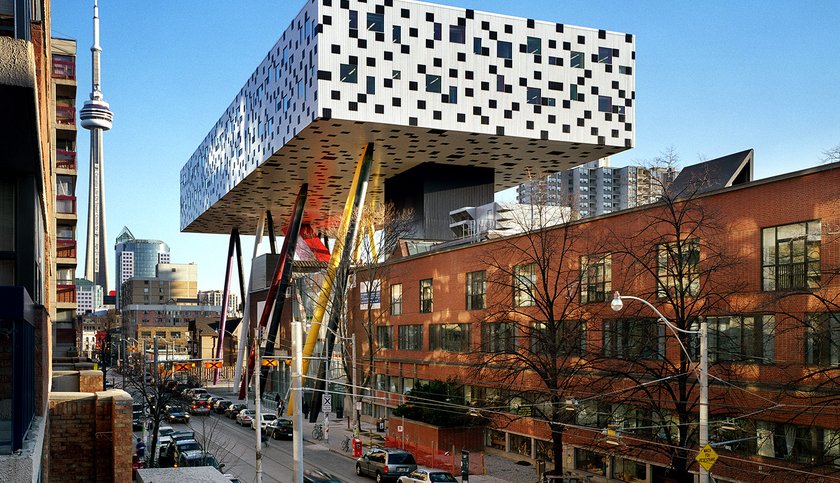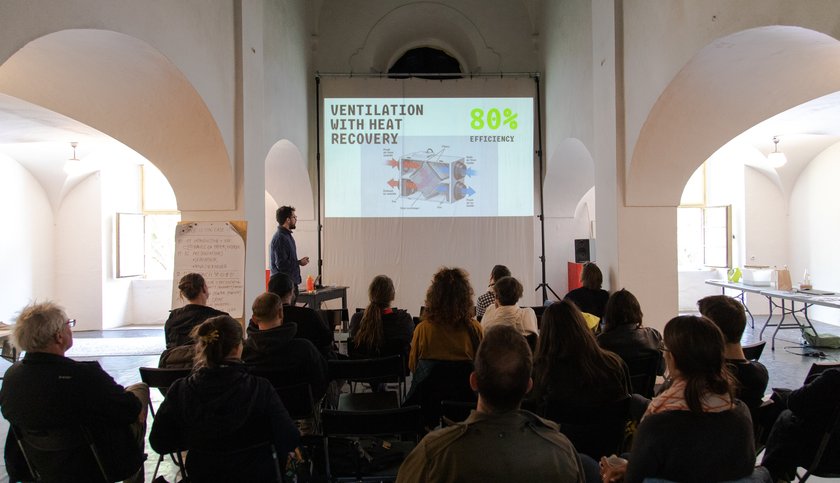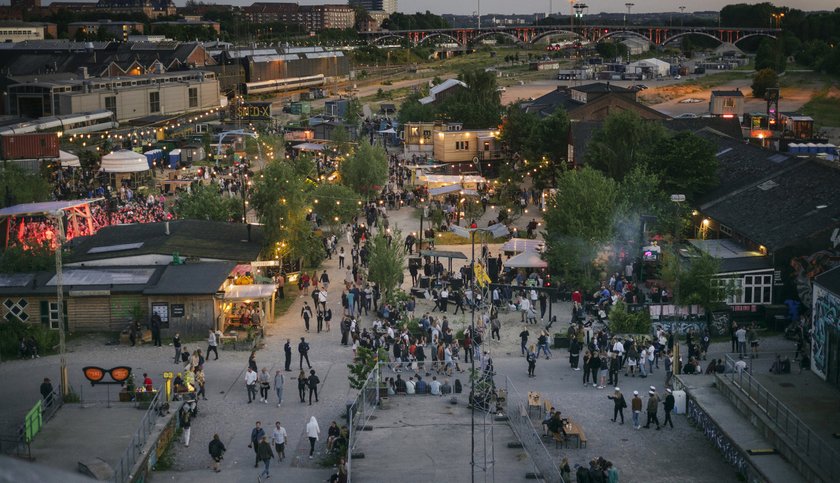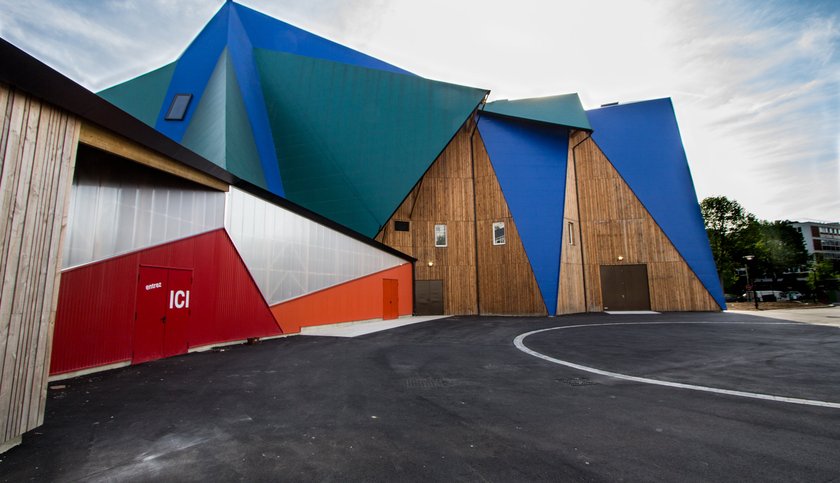Follow green transformation pilots across four continents
Good Enough Transformation (GET) project is setting out on an exciting endeavour across 4 continents!
GET is kicked off and rolling!
On 7 March we officially kicked-off the GET project with an online meeting and the launch of four upcoming testbeds, taking place across four continents!
The testbeds are our 4 pilot projects, exploring how green transition can be executed by integrating traditional wisdom, community engagement, sustainable architecture, productive landscaping and responsible farming methods in (re)building and designing of art spaces.
The purpose of the testbeds is to experiment with socially and ecologically conscious design practices and to define a clear pathway for an affordable, long-lasting and accessible green transformation for art communities worldwide.
Testbeds in detail
Gardens of the Future project is transforming a 50-year old abandoned neighbourhood block in Nicosia into a vibrant cultural and sustainably-oriented hub.
Historic centre of Nicosia is full of heritage, during the war the city was split in different parts, and it experienced a lot of foreign influences. Nowadays, a lot of these heritage buildings are abandonned but are hardly accessible for ownership.
Therefore, the garden space appeared to be a tool for cultural and heritage public access, social inclusion and participation, sustainability.
The Material Transformation testbed, initiated by Borneo Laboratory and based in Malaysia, a nation undergoing significant changes due to rapid industrialization over the past four decades, aims to uncover the potential of materials capable of catalyzing systemic changes within both industry and community contexts.
With the building industry, including building materials, responsible for 40% of the global carbon footprint, there's a pressing need to reassess what has been normalized or deemed aesthetically pleasing in modern urbanization. This testbed is committed to fostering a dialogue on exploring accessible, waste, and locally sourced materials as alternative sustainable solutions within the industry.
By partnering with educational institutes, technologists, community members, and governmental agencies, the testbed seeks to stimulate conversations, experimentation, and implementation efforts aimed at uniting communities through material exploration, locally and globally.
Sustainable organic agriculture, animal breeding and arts residency are at the core of this testbed. The land is damaged by bad chimical fertilizers that bring new disease. To fight against it, the idea is to come back to and co-create new organic methods adapted to the land. Agriculture and breeding are part of the architectural and cultural/artistic production in a sustainable and circular economy structure. The previous farm burnt, so the next step is to re-install hydraulic system, to cure the land, etc (testbed).
Taking inspiration from historical thermic house, west african houses and traditional african circular achitecture, the idea is to create sustainable and modern residency habitation that are connected to their natural environment and autonomous regarding construction materials, food and water production/access.
The Mexico Testbed explores the unique agricultural and socio-ecological heritage system of the Chinampas of Xochimilco, currently threatened by the massive urban sprawl of Mexico City, as a source of valuable knowledge and actionable power for the green transition.
Project Chinampa will harness this power by bringing together indigenous farmers, scientific researchers, urban youth, and global practitioners to learn, imagine, prototype, and advocate for solutions that merge traditional knowledge, art, and science; and to show how a small ‘grassrootsphere’ can create sustainable cities based on community and nature.
